$4,000.00 – $8,700.00
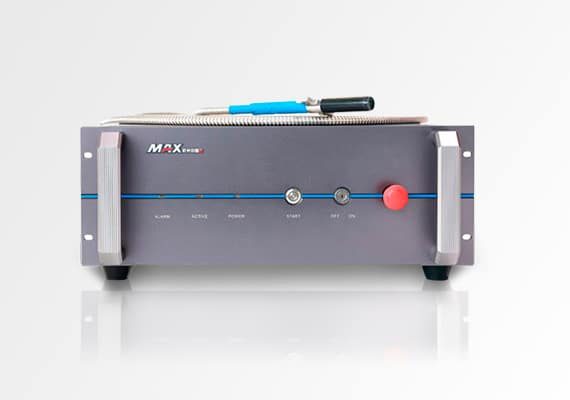
Our laser welding machines are equipped with high-quality laser generators that ensure excellent beam quality, providing small and focused spot sizes for precise and efficient welding. With power output options from 1500w to 3000w, our laser welding machines can meet a variety of welding needs, ensuring optimum productivity without compromising quality.
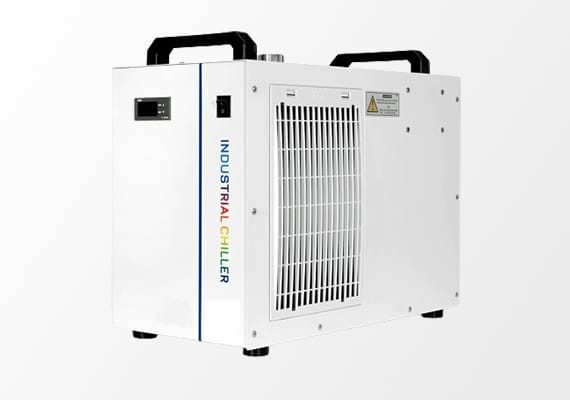
Designed with reliability in mind, our laser welding machines feature an efficient water cooling system to ensure consistent performance and extend the life of the laser generator. With advanced water cooling technology, we can guarantee stable and reliable welding results even during long-term operation.
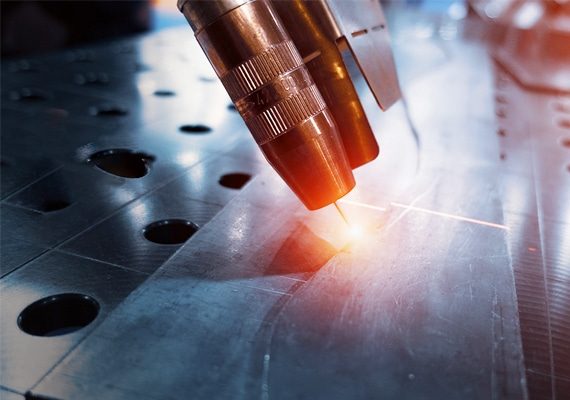
Our laser welding machines have excellent beam quality, producing a focused and precise laser spot. This feature enables high-precision and efficient welding of different materials and thicknesses, reducing spatter and minimizing the heat-affected zone.
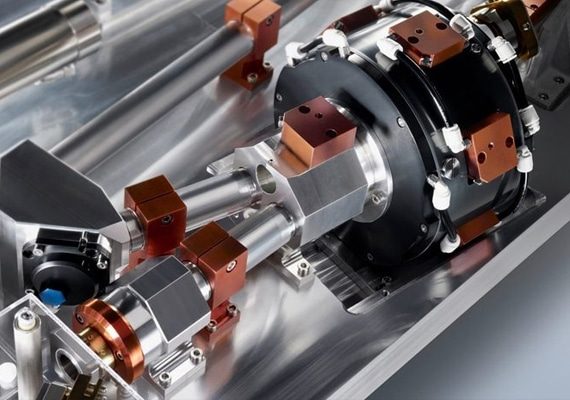
The beam delivery system of our laser welding machines utilizes flexible and flexible fiber optic cables, which can be easily integrated into automated production lines or robotic systems, enabling you to flexibly and easily adapt to different welding tasks. This flexibility increases workflow efficiency and seamlessly adapts to various manufacturing settings.
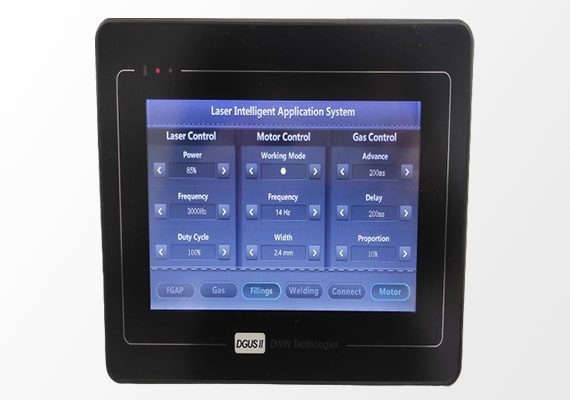
Our laser welding machines feature a user-friendly control interface that gives you complete control over your welding process. Easily adjust and program welding parameters such as power, pulse duration, welding speed, and focus position to obtain the best results for your specific welding requirements.
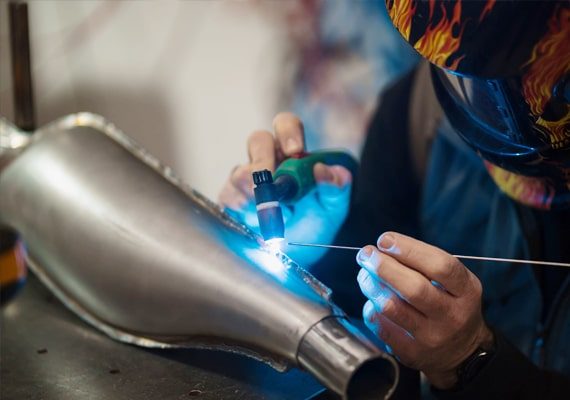
Our laser welding machines are equipped with comprehensive safety features including enclosures, interlock systems, and safety sensors. These measures protect your operators from potential exposure to the laser beam, creating a safe work environment.
| Model | AKH-1000 | AKH-1500 | AKH-2000 | AKH-3000 |
| Laser Power | 1000W | 1500W | 2000W | 3000W |
| Range of Adjustable Power | 1-100% | |||
| Laser Wavelength | 1080nm | |||
| Way of Working | Continuous/Modulation | |||
| Cooling Method | Water Cooling | |||
| Power Demand | AC220V±5%/50Hz | |||
| Working Environment Temperature | 15~35℃ | |||
| Working Environment Humidity | < 70%(No Condensation) | |||
| Laser Power (W) | Welding Form | Thickness (mm) | Welding Speed (mm/s) | Defocus Amount | Protective Gas | Blowing Method | Flow (L/min) | Welding Effect |
|---|---|---|---|---|---|---|---|---|
| 1000 | Butt Welding | 0.5 | 40~55 | -1~1 | Ar | Coaxial/Paraaxial | 5~10 | Welded Completely |
| Butt Welding | 1 | 20~30 | -1~1 | Ar | Coaxial/Paraaxial | 5~10 | Welded Completely | |
| 1500 | Butt Welding | 0.5 | 50~60 | -1~1 | Ar | Coaxial/Paraaxial | 5~10 | Welded Completely |
| Butt Welding | 1 | 40~50 | -1~1 | Ar | Coaxial/Paraaxial | 5~10 | Welded Completely | |
| Butt Welding | 1.5 | 20~30 | -1~1 | Ar | Coaxial/Paraaxial | 5~10 | Welded Completely | |
| 2000 | Butt Welding | 0.5 | 60~70 | -1~1 | Ar | Coaxial/Paraaxial | 5~10 | Welded Completely |
| Butt Welding | 1 | 40~50 | -1~1 | Ar | Coaxial/Paraaxial | 5~10 | Welded Completely | |
| Butt Welding | 1.5 | 30~40 | -1~1 | Ar | Coaxial/Paraaxial | 5~10 | Welded Completely | |
| Butt Welding | 2 | 20~30 | -1~1 | Ar | Coaxial/Paraaxial | 5~10 | Welded Completely | |
| 3000 | Butt Welding | 0.5 | 80~90 | -1~1 | Ar | Coaxial/Paraaxial | 5~10 | Welded Completely |
| Butt Welding | 1 | 70~80 | -1~1 | Ar | Coaxial/Paraaxial | 5~10 | Welded Completely | |
| Butt Welding | 1.5 | 60~70 | -1~1 | Ar | Coaxial/Paraaxial | 5~10 | Welded Completely | |
| Butt Welding | 2 | 50~60 | -1~1 | Ar | Coaxial/Paraaxial | 5~10 | Welded Completely | |
| Butt Welding | 3 | 30~40 | -1~1 | Ar | Coaxial/Paraaxial | 5~10 | Welded Completely |
| Welding Process | Laser Welding | TIG Welding | MIG Welding |
|---|---|---|---|
| Heat Source | Laser | Tungsten arc | Electric arc |
| Weld Quality | High | High | Moderate to high |
| Filler Metal | Usually not used, but can be added with wire feed | Filler rod of the same/similar composition | Filler wire of the same/similar composition |
| Welding Speed | High | Moderate | High |
| Precision | High | High | Moderate |
| Joint Thickness | Thin to medium | Thin to thick | Thin to thick |
| Filler Material | Sometimes requires filler wire | Usually requires filler rod/wire | Requires filler wire |
| Heat Affected Zone (HAZ) | Small | Large | Moderate |
| Gas Shielding | Usually required, inert gas (e.g., argon) | Required, inert gas (e.g., argon) | Required, inert gas (e.g., argon) |
| Automation | Highly suitable for automation | Can be automated | Highly suitable for automation |
| Applicability | Precision welding of thin components, jewelry, electronics | Versatile for various materials and thicknesses | Versatile for various materials and thicknesses |
| Advantages | Precise control, minimal distortion, minimal HAZ | Precise control, high-quality welds | Faster welding, suitable for production |
| Disadvantages | Limited penetration for thick joints | Slower than MIG, may require a skilled welder | More filler metal is needed, potential for spatter |
Note: Please note that the characteristics of each welding process can vary depending on the specific equipment, settings, and materials used. Additionally, the suitability of a welding process for a particular application may depend on the welder’s skill and expertise.
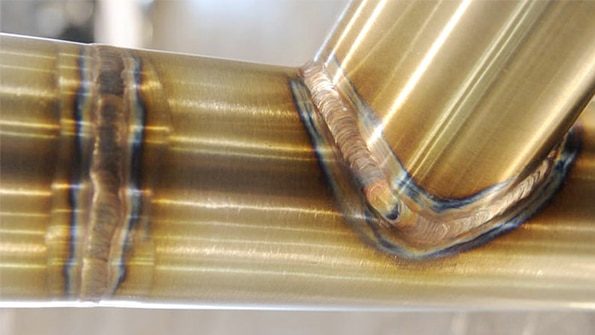
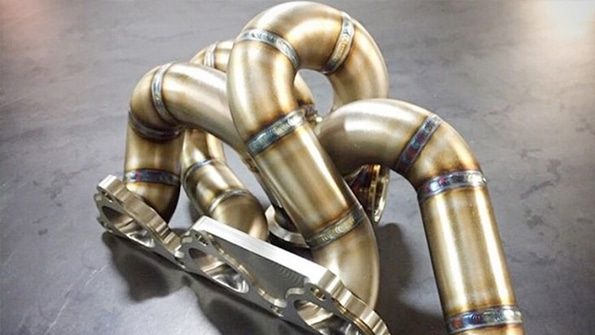
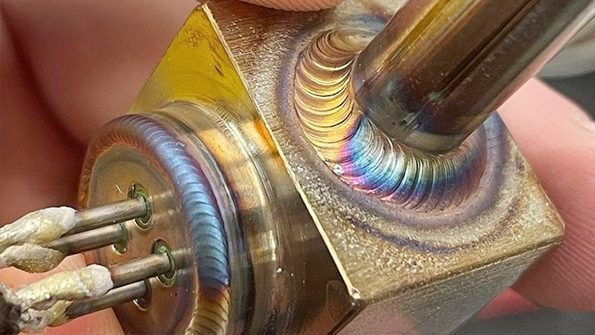
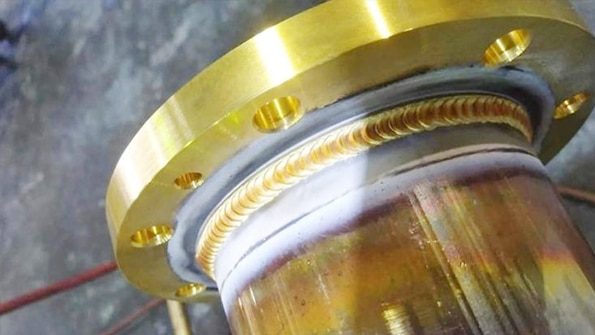
Yes, brass can be welded using a laser welding machine. Laser welding is a versatile welding method that can be used to join a variety of metal materials, including brass. Brass is an alloy mainly manufactured from copper and zinc. Brass is commonly used in various applications such as the automotive industry, electronics, jewelry, and plumbing fittings.
Laser welding is particularly well suited for welding brass due to its precise heat input and ability to produce small, focused welds. The high energy density of the laser beam enables localized heating, allowing precise control of the welding process. This helps minimize the heat-affected zone and reduces the risk of material deformation or damage.
The process of laser welding brass involves using a laser beam to melt the edges of the parts to be joined and fuse them. In some cases, laser welding may not require a filler material, especially when the parts are tightly fitted. However, depending on the application and the joint involved, filler materials can be used to improve the strength and integrity of the weld.
Due to brass’s high thermal conductivity, using traditional welding methods such as TIG or MIG can be more challenging. These welding methods tend to create a larger heat-affected zone and may require more extensive post-weld cleaning and finishing. Laser welding, on the other hand, generates heat input only locally and usually requires little or no post-weld processing, reducing the need for additional finishing.
The success of laser welding brass depends on the specific composition and thickness of the brass, as well as laser welding parameters and equipment settings. Brass contains zinc, which has a lower boiling point than copper (the other main component of brass), so the laser welding parameters need to be carefully adjusted to prevent excessive evaporation of the zinc.
The cost of a laser welding machine can vary widely based on several factors, including laser generator power, features, and capabilities. Generally speaking, the price of an entry-level 2000w laser welding machine is between US$4,500 and US$20,000, while the price of a laser welding robot that can be integrated into an automated production line is between US$18,000 and US$40,000.
These price ranges are approximate only and may not reflect the latest market conditions. Also, prices may vary based on specific makes, models, and geographic locations. If you need accurate and up-to-date price information, you can contact us directly. Our engineers will recommend the most suitable machine for you according to your requirements.
When selecting a laser welding machine, factors such as the required power output, work area, automation capabilities, and the specific needs of the application must be considered. Investing in a high-quality laser welding machine can significantly affect the quality and efficiency of your welding process, so you need to choose wisely based on your budget and requirements.
When proper safety precautions are taken and done in a controlled environment, then there is little harm in laser welding brass. But as with any welding process, there are potential hazards that need to be addressed to ensure the safety of the operator and the bladder. Here are some considerations to minimize potential risks:
To ensure brass laser welding is performed safely, it is essential to follow industry best practices, follow safety guidelines, and provide proper training for operators. Additionally, a thorough risk assessment before commencing any welding process can help identify potential hazards and implement necessary controls to effectively reduce risk. Overall, laser welding of brass can be performed safely and efficiently as long as proper safety precautions are taken.
The maximum thickness of brass that a laser welder can weld depends on the power output, beam quality, and welding capabilities of the specific machine. Generally speaking, high-power laser welding machines can weld thicker materials more efficiently than low-power laser welding machines.
For many industrial-grade laser welding machines, they can typically weld brass with thicknesses ranging from 0.5 mm to 3 mm. It is recommended to consult the manufacturer or supplier’s machine specifications to determine the exact maximum thickness it can handle. If you have specific brass thickness requirements, you can discuss them with our engineers to ensure the required machine can meet your welding needs.
AccTek Laser’s copper laser welding machines utilize a water cooling system to effectively manage and dissipate heat during the laser welding process. Water cooling systems are commonly used in high-power laser machines to maintain stable operating temperatures and prevent critical components from overheating.
In AccTek Laser’s machines, a water cooling system circulates coolant (usually deionized water or a mixture of water and antifreeze) through the laser resonator, optics, and other heat-generating components. This continuous circulation of coolant helps absorb and dissipate the heat generated during laser generator operation, ensuring stable performance and extending the life of the laser source and other components.
The water cooling system in AccTek Laser’s copper laser welding machines is designed to provide efficient, reliable cooling, even during long or intense welding tasks. Regular maintenance and monitoring of your cooling system can help ensure optimal performance and prevent potential problems related to overheating. Customers considering an AccTek Laser copper laser welding machine can rest assured that the machine is capable of maintaining a stable temperature and preventing overheating thanks to its powerful water cooling system.
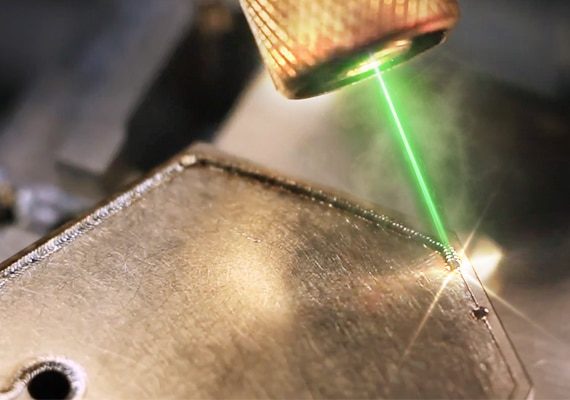
With years of experience in laser welding technology, we have honed our expertise to provide cutting-edge solutions tailored to your unique needs. Our team of skilled engineers and technicians has the in-depth knowledge to ensure you get the perfect laser welding machine for your specific application.
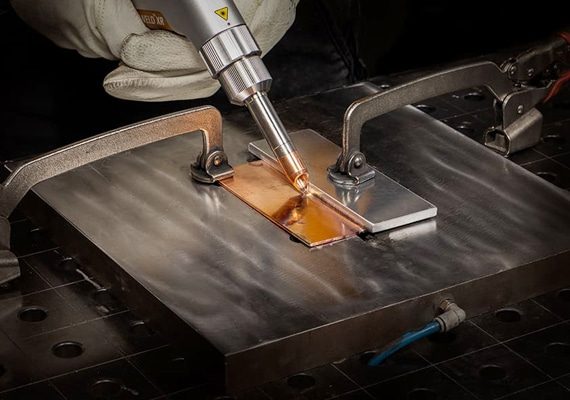
At AccTek Laser, we build strong relationships with our clients. Our dedicated support team provides prompt assistance and after-sales service to keep your laser welding machine running at its best for years to come. Your satisfaction is our top priority and we will help you every step of the way.
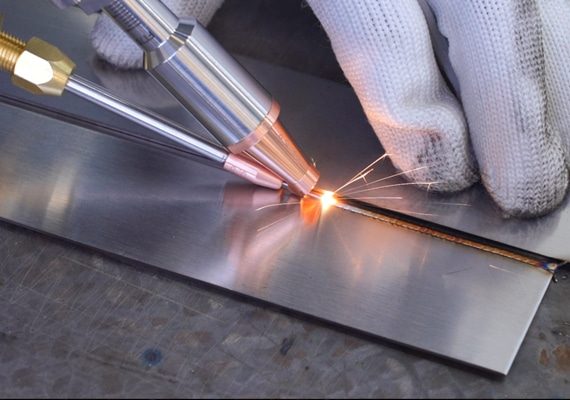
Quality is the cornerstone of our manufacturing process. Every laser welding machine is rigorously tested and adhered to strict quality control standards, ensuring that the product you receive meets the highest industry benchmarks. Our dedication to quality ensures you get a machine that performs consistently and delivers perfect welds every time.
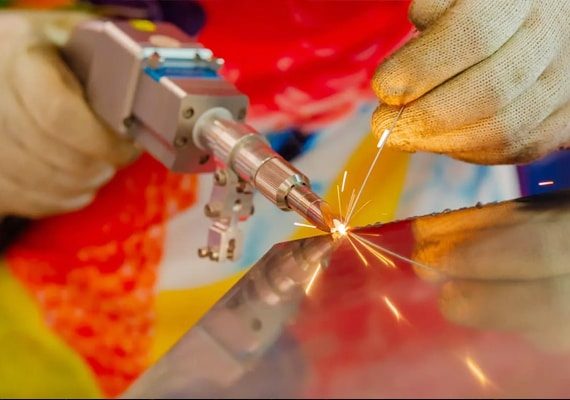
We understand the importance of cost efficiency in today’s competitive landscape. Our laser welding machines can provide excellent value for your investment, minimizing downtime and reducing operating costs while maximizing productivity and efficiency.
4 reviews for Brass Laser Welding Machine
Ruth –
Impressive precision and reliability. Boosts productivity in our manufacturing process. Great investment for our business.
Peter –
Efficient and user-friendly. Perfect for various welding applications. Enhances productivity and accuracy.
Layla –
Revolutionizes our welding operations. Saves time and resources. Highly recommended for industrial use.
Isabella –
Effortlessly handles intricate welds. Reliable performance, minimal maintenance. A must-have for welding workshops.